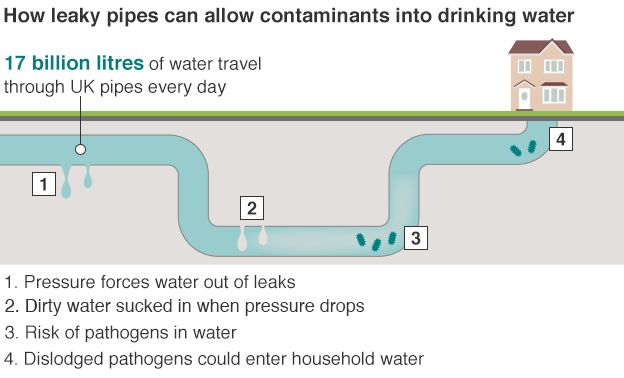Solar Power Vs. Typical Power Resources: A Detailed Contrast
Solar Power Vs. Typical Power Resources: A Detailed Contrast
Blog Article
Writer-Cain Bolton
When analyzing the viability of solar energy versus standard power sources, you might find yourself considering the long-term sustainability and effect on your financial resources. The detailed equilibrium between first costs, continuous expenses, and environmental effects elevates crucial questions concerning the future of power generation. As you browse through the intricacies of this contrast, a deeper understanding of the nuances in cost-effectiveness, environmental stewardship, and energy safety and security awaits expedition.
Cost-Effectiveness Comparison
When comparing the cost-effectiveness of solar energy with traditional power sources, it becomes noticeable that preliminary financial investment differences play a critical function in figuring out long-term savings.
While solar energy systems need a higher ahead of time financial investment for installation and equipment, they offer significant long-lasting benefits that can exceed the first costs. The essential hinge on comprehending that solar energy systems have marginal continuous functional and upkeep expenses compared to traditional energy resources like fossil fuels.
By purchasing solar energy, you can potentially save money on energy bills over the system's life-span. In addition, with advancements in innovation and lowering installment expenses, solar energy has actually come to be more accessible and inexpensive for house owners and services alike. These cost savings can collect over time, offering a return on investment that surpasses conventional power resources.
Additionally, solar energy systems use the benefit of power freedom and security against rising and fall utility rates. By taking advantage of the power of the sunlight, you add to a cleaner atmosphere and reduce your carbon footprint. Welcoming solar power not just advantages your purse but likewise the world in the future.
Environmental Impact Analysis
Solar power offers an encouraging option to traditional power resources because of its substantially reduced ecological influence. Unlike fossil fuels that send out harmful greenhouse gases and contribute to air pollution, solar energy creates power without generating any kind of emissions.
The process of taking advantage of solar energy involves capturing sunshine via photovoltaic panels, which doesn't launch any kind of pollutants right into the ambience. This lack of emissions helps in reducing the carbon footprint related to energy manufacturing, making solar power a cleaner and more sustainable choice.
In addition, the use of solar power contributes to conservation efforts by lowering the demand for limited sources like coal, oil, and natural gas. By relying on largest solar energy company and renewable resource resource, we can aid preserve natural environments, shield ecological communities, and reduce the adverse influences of resource extraction.
Integrity and Energy Landscape Evaluation
For a detailed analysis of integrity and the power landscape, it's important to review just how solar power compares to typical sources. visit the following post is picking up speed as a dependable and lasting energy resource. While typical sources like coal, oil, and natural gas have been historically leading, they're finite and add to environmental deterioration.
Solar energy, on the other hand, is abundant and renewable, making it a much more lasting alternative in the future.
In terms of reliability, solar power can be dependent on weather conditions and sunshine availability. However, best solar installers in modern technology have resulted in the advancement of energy storage space remedies like batteries, boosting the integrity of solar power systems. Traditional resources, on the contrary, are prone to price changes, geopolitical stress, and supply chain disruptions, making them much less reliable in the long term.
When assessing the energy landscape, solar power provides decentralized energy manufacturing, lowering transmission losses and raising energy protection. Traditional sources, with their central nuclear power plant, are much more vulnerable to disturbances and call for comprehensive framework for distribution.
Final thought
Finally, when contrasting solar energy to standard energy resources, it is clear that solar power supplies a cost-effective, eco-friendly, and reliable alternative. With very little operational costs, potential savings on utility costs, and a dramatically lower environmental impact, solar energy is becoming a much more sustainable and protected alternative. Accepting solar energy can help reduce greenhouse gas emissions and contribute to conservation initiatives, making it an engaging selection for the future.
